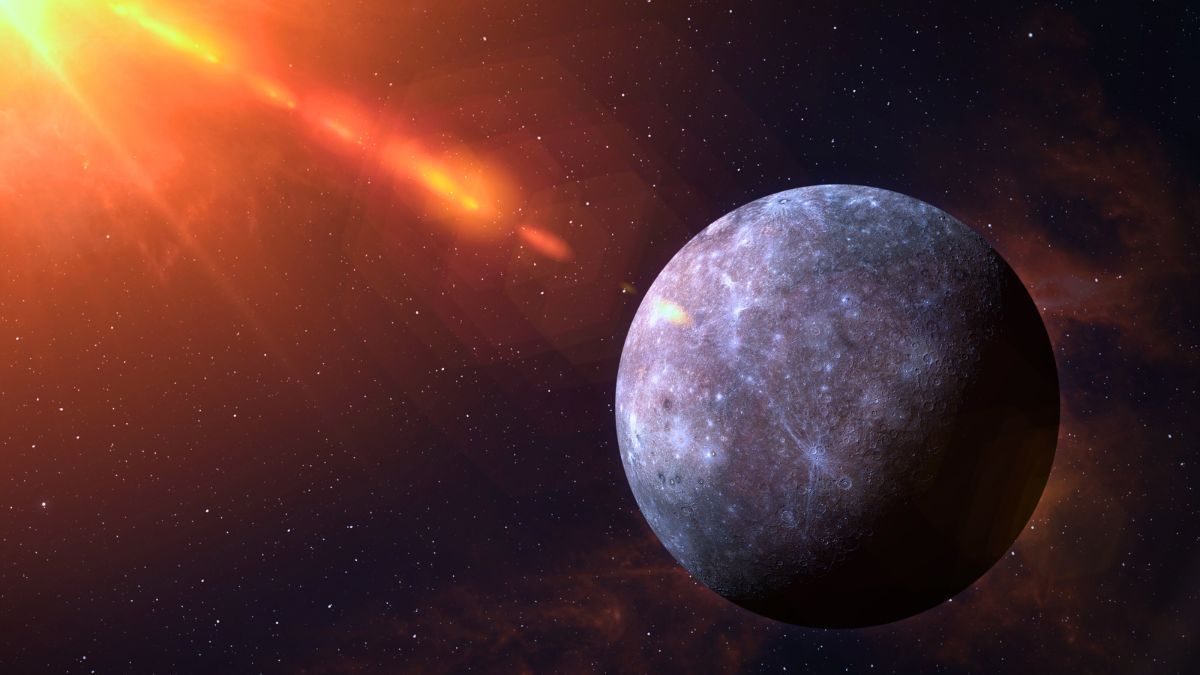Exoplanet Trappist-1b’s Young Surface and Possible Atmosphere Challenge Previous Beliefs!

Researchers at the Max Planck Institute for Astronomy and the Commissariat aux Énergies Atomiques in Paris have made some fascinating discoveries about Trappist-1b, a planet in a system 40 light years away, using the powerful James Webb Space Telescope.
Their recent study published in Nature Astronomy suggests that this planet might not be what we once thought. Trappist-1b was previously believed to be a dark, rocky world without an atmosphere.
However, the latest data shows that the planet’s surface is composed of relatively fresh material, estimated to be around 1,000 years old—a stark contrast to the planet’s age of several billion years.
This suggests ongoing geological activity like volcanic eruptions or plate tectonics which could explain the planet’s young surface.
In a surprising twist, despite initial observations suggesting an absence of an atmosphere due to a lack of thermal radiation absorption, further models indicated the possibility of a thick atmosphere rich in carbon dioxide.
This atmosphere could be warming the upper layers, reversing the expected temperature profiles, a phenomenon somewhat akin to what’s observed on Titan, one of Saturn’s moons.
The planet’s orbit aligns in such a way that it passes directly in front of its star, allowing scientists to study the atmospheric composition through the dimming of starlight and spectroscopic observations.
This fortunate alignment may soon provide more definitive answers about the presence of an atmosphere on Trappist-1b.
The Trappist-1 system was discovered in 2017 and includes three planets in the star’s habitable zone—Trappist-1e, f, and g—raising hopes of finding life-supporting conditions.
The system’s cool dwarf star, located in the constellation of Aquarius, continues to be a prime focus for astronomers searching for potentially habitable exoplanets.
